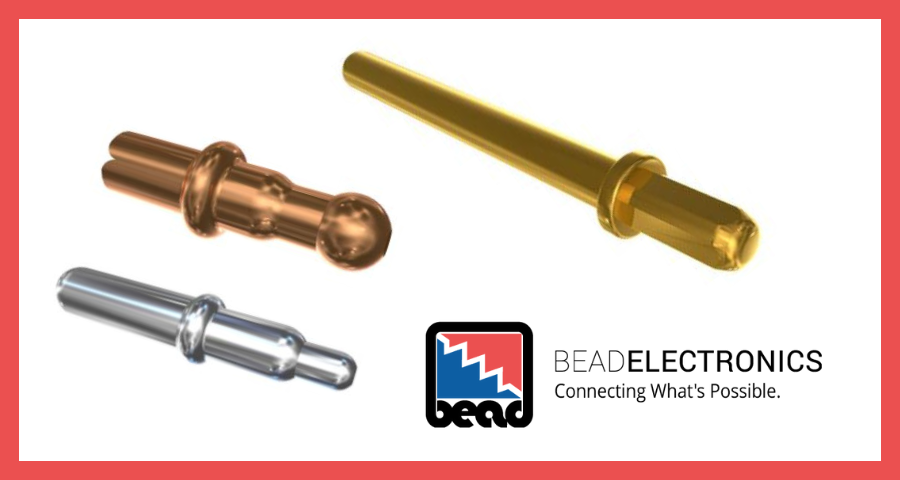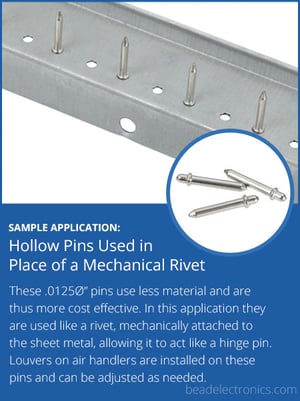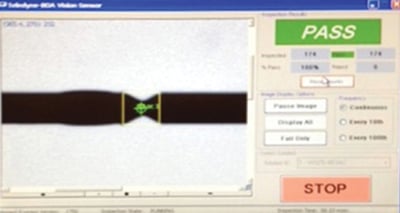Manufacturers implement various quality-assurance measures to ensure that their smallest components, such as connector pins, meet the required standards of excellence. These measures may include inspections, testing, and audits at various stages of the production process. Additionally, manufacturers may have dedicated operating procedures in place specifically for quality control to ensure customer satisfaction.

If you're looking for advice on how to ensure the quality of your products, read on. We'll cover some of the ways manufacturers evaluate and raise the quality of their products. We'll use some of our strategies for evaluating and raising pin quality as examples.
Work With Reliable Supply Chain Partners
In order to ensure the highest quality hollow contact pins for our customers, we work with many reputable companies to outsource the plating process. This decision was made with careful consideration to ensure that the end product meets the standards of excellence that our customers expect and deserve Also, having multiple suppliers can help to ensure continuity of supply.
Likewise, if any part of your manufacturing process involves a third party, you must make certain that you choose the best one. There are many steps you can take to check the quality of the company you may work with. Consider using some of the following methods:
- Check that the company has experience in your industry
- Look for referrals and reviews from previous clients
- Find photos of previous work from the company
- Get samples of products, if possible
- Ask for a tour of their factory and check for reliable processes
Set Standards For Your Products' Quality Levels
How a manufacturing company wants its final products to appear and function can vary. The tolerances for product defects can vary depending on the intended use and target market of the final product.
In some cases, minor aesthetic defects such as small paint errors may be acceptable for products that are lower-cost or do not need to meet particularly high standards of appearance.
However, in other cases, even small defects can significantly impact the functionality of the product and must be strictly controlled. It is important for manufacturing companies to carefully consider the requirements and expectations of their target market in order to determine appropriate tolerances for defects in their products.
The hollow contact pins that we manufacture absolutely cannot have dents or bends as this can prevent wires from fitting in our pins or the pins not fitting into their application/end-use. On top of this, damaged pins will not match the impressive aesthetic of the electronic components they fit into.
To create a standard for the quality of your products, try following some of these steps:
- Identify your ideal client and what they would expect
- Consider how you want clients to perceive your company
- Think about how your component should look in a final product
- Evaluate what quality points your company can reasonably meet
- Find out your competitors' standards of quality if possible
Create Processes That Maintain Quality Levels
Once you have determined the quality levels that you want, you need to create processes that help you maintain this level of quality control. This usually involves having inspectors that check the products to ensure that they're meeting proper quality standards. They should also have some way to record the rate of products meeting quality standards.
Inspectors don't have to be human. Technology has evolved to the point where your inspector can be programmatic, like a computer software program, optical technology, or laser inspection. Here are some ways that you can create a quality control system:
- Assign an existing employee or a group of employees to inspect products
- Hire a new employee or group of employees to handle quality control
- Have existing employees check products as they work on them
- Create a software program that checks products
- Implement a new inspection approach and use both the software program and the employees to check products
Make Sure That You Record Quality Control Data
Your inspector must gather data well while they're inspecting the products. You can use these data points to improve your manufacturing processes later. Consider trying some of the following data collection methods:
- Have your software collect rates of passing and failing components
- Have employees record data such as where the product error took place
- Assign employees to process data from other employees
- Have employees enter data into a computer that can sort the data
How We Maintain Our Quality Levels
How is Bead Electronics able to maintain our quality and reliability? Since we couldn’t find anything on the market, we built one ourselves.
Bead Electronics has several vision inspection cameras throughout the factory that we use to inspect our solid wire and hollow contact pins as they are produced. But occasionally, certain parts can get bent or deformed during the plating process, which is outsourced to a reputable plating company post-production. 
To maintain the quality of our hollow contact pin, our engineering team built Bead's Universal Vision Sorting Machine. It is capable of inspecting and sorting all types of pins. This includes one with lengths ranging from 0.25 to 1.5 inches and diameters ranging from 0.018 to 0.90 inches.
The pins fall out of a vibrated bowl that we can adjust to handle our wide range of contact pins. Workers put them in at rates of 8,000 to 15,000 at a time. The contact pins then fall individually as they leave the bowl and are separated by some random spacing down a gravity-fed track.
Each part eventually triggers the dual-camera system to take images of each of the pins. Once the images are processed, the machine decides to pass or fail a component. Its decision triggers gates that sort each contact pin into a pass or fail bin.
For our continuous wire pins, Bead has inline inspection, to insure the manufacturing process is meeting the customer's specifications.
How We Collect Data With Our Technology
We log the passed and rejected components on our user interface screen. We're also able to log a rate of the parts-per-minute that get logged. The system can operate at a maximum rate of 250 parts per minute.
In addition, the computer can measure and make calculations. It can give us a percentage that compares the number of good parts to bad ones. It can also record the length, straightness, and diameter of each of the pins.
This data collection process is also highly customizable. We can control the number of units that the computer will record. We can also integrate information for process control, data logging, and lot tracking.
Beyond that, the Vision Sorting Machine is also interfaced with our secure network. This allows us to download and secure all of the data.
Rely on Us For Custom, Quick, and Cost-Effective Pins
Make sure to revisit the processes in this list often. Your standards and abilities will likely change over time. You should be willing to change your quality control processes with them to stay competitive.
If you need electronic connector pins, look no further than Bead Electronics. We carry over 500 patents, one of which includes our swaging method. This produces a wide size range of electronic components that are consistent and cost-effective.
Request a quote from a connector pin specialist by filling out the form you can find here.





